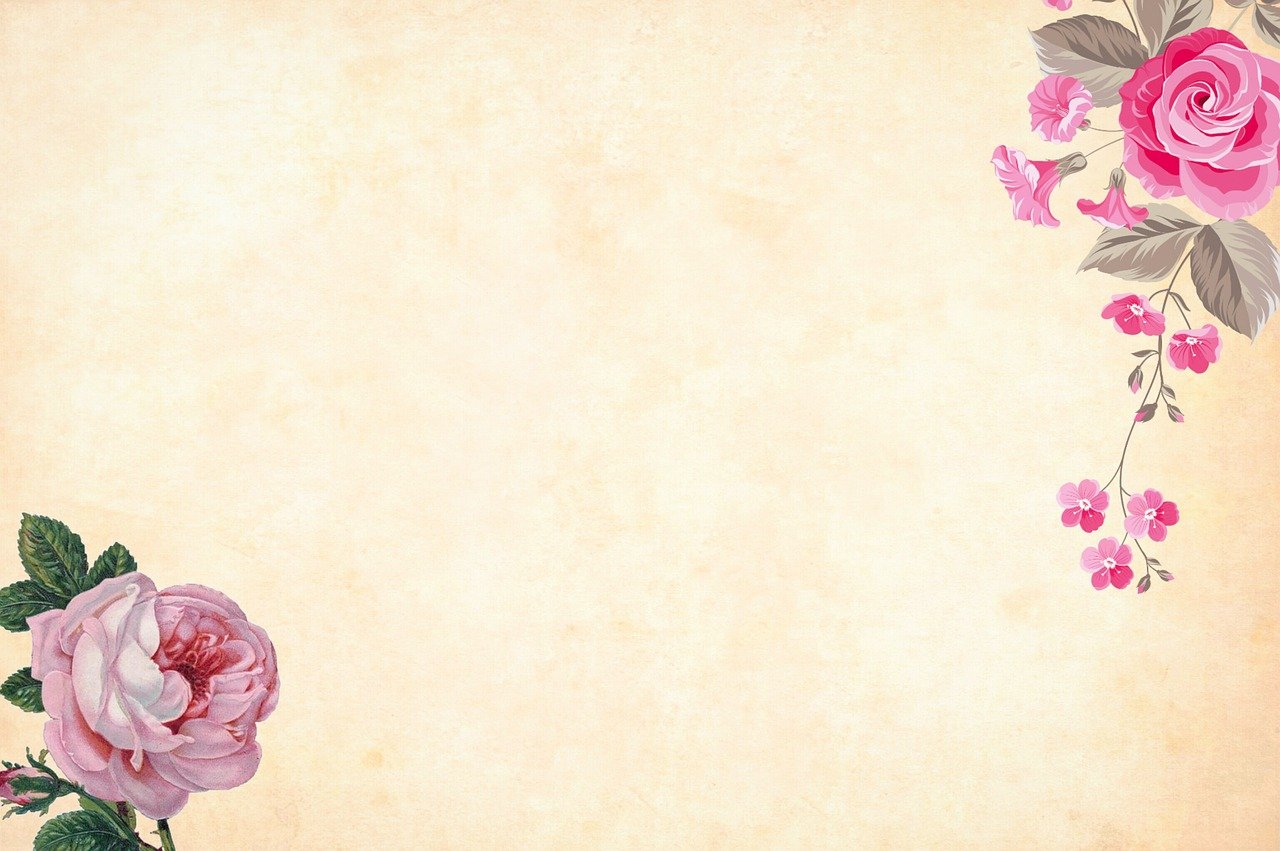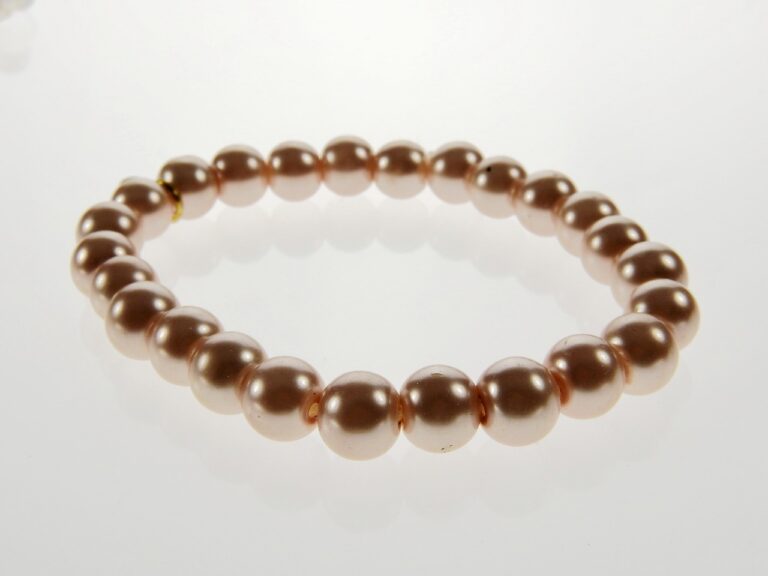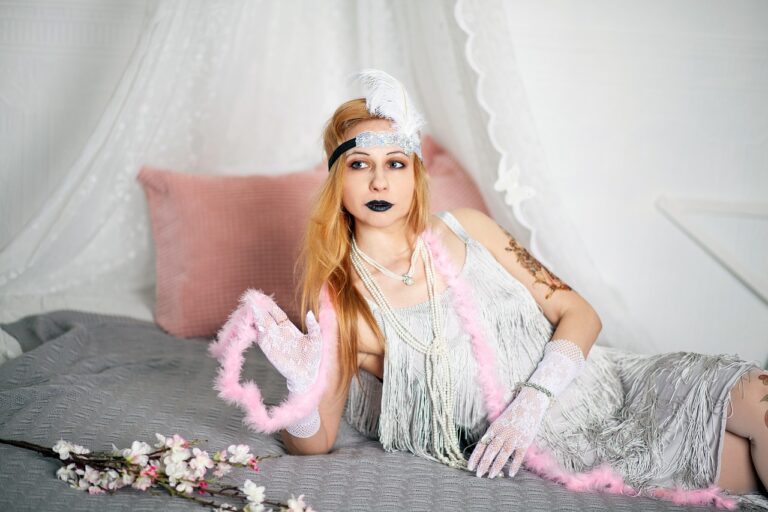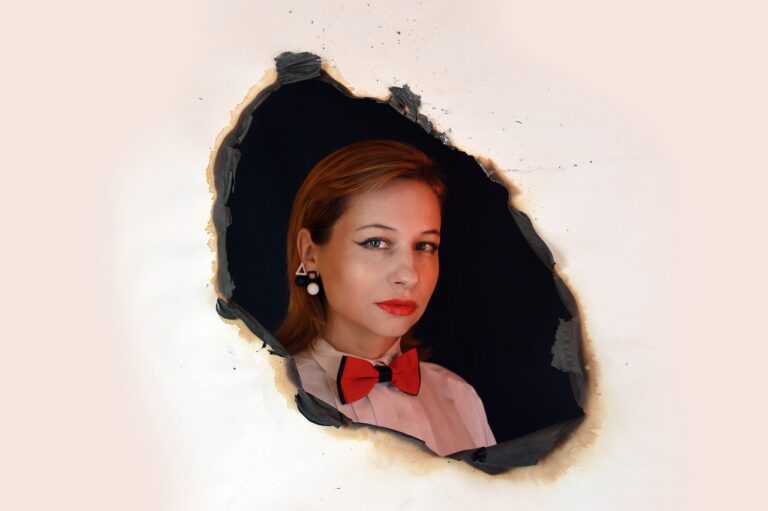The Intersection of Fashion and Technology: 3D Printing, Virtual Try-On, and Beyond
Fashion retail has significantly transformed over the years, adapting to changing consumer behaviors and technological advancements. In the past, fashion retail mainly relied on brick-and-mortar stores to showcase and sell products. However, with the rise of e-commerce, online shopping has become increasingly popular, offering customers convenience and a wider selection of products at their fingertips.
The emergence of social media platforms has also played a crucial role in the evolution of fashion retail. Brands now use social media as a powerful marketing tool to reach a global audience, engage with customers, and promote their products. Influencers and bloggers have become an integral part of fashion retail, with their ability to sway consumer preferences and drive sales. This shift towards digital marketing and online presence has reshaped the way fashion retailers interact with their target market, allowing for more personalized and targeted strategies.
The Role of Augmented Reality in Fashion
Augmented reality (AR) is revolutionizing the way consumers interact with fashion products. By integrating AR technology into the shopping experience, fashion retailers are able to offer customers a more immersive and personalized way to explore and try on clothing and accessories virtually. This innovative approach allows shoppers to visualize how an outfit will look on them before making a purchase, bridging the gap between online and in-store shopping.
Furthermore, AR has the potential to enhance customer engagement and create a seamless shopping experience. Fashion brands are utilizing AR tools to not only showcase their latest collections but also to provide styling tips, product details, and even virtual fashion shows. This interactive and dynamic form of engagement helps to build brand loyalty and establish a deeper connection between consumers and the fashion brand, ultimately driving sales and enhancing the overall shopping experience.
The Impact of Artificial Intelligence on Fashion Design
The fusion of artificial intelligence with fashion design has revolutionized the way designers conceptualize and create new collections. Through the utilization of AI-powered tools, designers can streamline the design process, from trend forecasting to pattern-making, leading to enhanced efficiency and accuracy in product development. By harnessing the capabilities of AI algorithms, designers can also gain valuable insights into consumer preferences and market trends, enabling them to tailor their designs to meet the demands of the ever-changing fashion industry.
Moreover, the integration of artificial intelligence in fashion design has opened up new avenues for innovation and creativity. AI algorithms have the ability to analyze vast amounts of data and information, providing designers with valuable inspiration and ideas for pushing the boundaries of conventional design. This marriage of technology and creativity has not only accelerated the pace of design iteration but has also paved the way for the emergence of novel design concepts that challenge traditional norms and redefine the landscape of fashion aesthetics.
• AI-powered tools streamline the design process
• Enhances efficiency and accuracy in product development
• Provides valuable insights into consumer preferences and market trends
• AI algorithms analyze vast amounts of data for inspiration
• Accelerates design iteration and pushes boundaries of conventional design
• Redefines fashion aesthetics with novel design concepts
How has artificial intelligence impacted the fashion design industry?
Artificial intelligence has revolutionized the fashion design industry by streamlining the design process, predicting trends, and personalizing the shopping experience for consumers.
What is the role of augmented reality in fashion?
Augmented reality has transformed the way consumers interact with fashion by allowing them to virtually try on clothing, visualize products in their own space, and enhance the overall shopping experience.
How has the evolution of fashion retail been influenced by artificial intelligence?
The evolution of fashion retail has been significantly influenced by artificial intelligence through the use of personalized recommendations, inventory management, and efficient supply chain systems.
What are some examples of how artificial intelligence is used in fashion design?
Some examples of how artificial intelligence is used in fashion design include creating unique designs, analyzing customer preferences, and optimizing production processes for increased efficiency.







